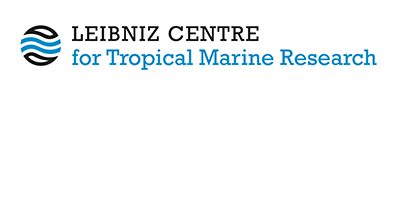Response of inter-tidal meiofauna to mangrove degradation in a dry semi-desert coastal habitat of the Red Sea (Sudan).
Khalil, A. S., Saint-Paul, U. and Abdellatif, E. M. (2003) Response of inter-tidal meiofauna to mangrove degradation in a dry semi-desert coastal habitat of the Red Sea (Sudan). In: esertification in the Third Millennium - Proceedings of an International Conference, Dubai 12-15 February, 2000. . A A Balkema, Lisse, pp. 139-150. ISBN 9789058095718
|
Text
Saint-Paul.pdf - Other Restricted to Registered users only Download (6MB) |
|
|
Text
Saint-Paul.pdf - Published Version Restricted to Registered users only Download (2MB) |
Abstract
The response of meiofauna to human-induced mangrove degradations in the Red Sea coast of the Sudan was investigated. Three sites were sampled. At one site the mangrove cover has not been affected. Mangroves have been cleared partially from second and completely from the third site, through human disturbance. At the two latter sites, sediment sorting declined, mean grain size decreased. In addition, spatial variations between shoreward and seaward stations of mud, organic and water contents were intensified. Although slight insignificant changes in total meiofauna density occured among three sites, the dominance structure differed significantly. Foraminifera and ostracods densities decreased significantly (P<0.01) in the direction of the impact, as well as Acari (P<0.05), while nematode density decreased insignificantly. In contrast, a sharp increase in copepods and nauplii densities (P<0.01) occurred in the same direction. A natural gradient exists in the non-affected site, along which both sediment characteristics and meiofauna abundance slightly varied in seaward direction. At the affected sites, this gradient was disturbed by the intensified differences between shoreward and seaward stations, and by deviation from the general dominance structure in the meiofaual communities. Seasonal variations were also exaggerated with increasing impact at the affected sites- Most of these modifications were significant as indicated by statistical analyses. The Mangroves were shown to be important for improving sediment sorting and capacity to capture organic matter and water in such extreme muddy habitats. The overall feature of the change at the impacted sites was a gradual shifting from these characteristics, which was also indicated by changes in meiofauna assemblages. Consequently, the efficiency of the ecosystem as a nursery for marine organisms deteriorates. Conservation and local CZM plans should consider the importance and the ecological role of these mangroves in such extreme environments.
| Document Type: | Book chapter |
|---|---|
| Programme Area: | PA Not Applicable |
| Research affiliation: | Ecology > Mangrove Ecology |
| Date Deposited: | 30 Jul 2025 14:05 |
| Last Modified: | 30 Jul 2025 14:05 |
| URI: | https://cris.leibniz-zmt.de/id/eprint/5677 |
Actions (login required)
 |
View Item |





 Tools
Tools Tools
Tools